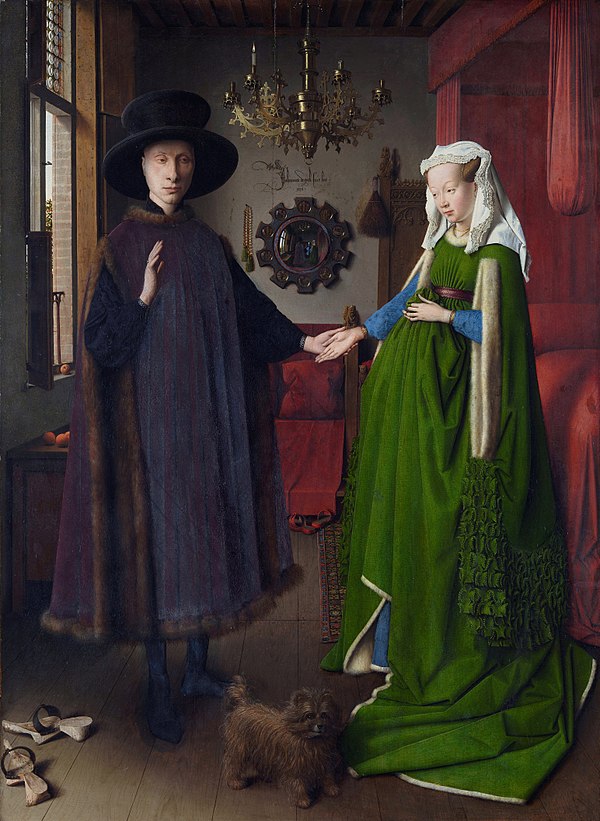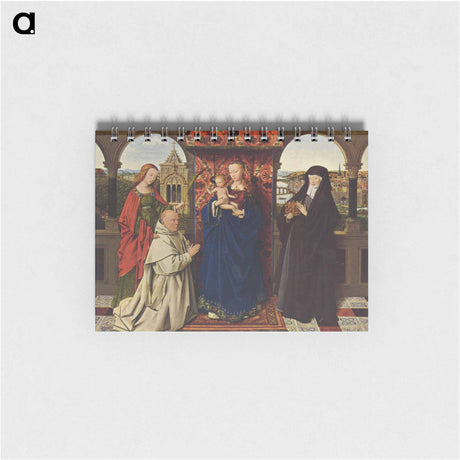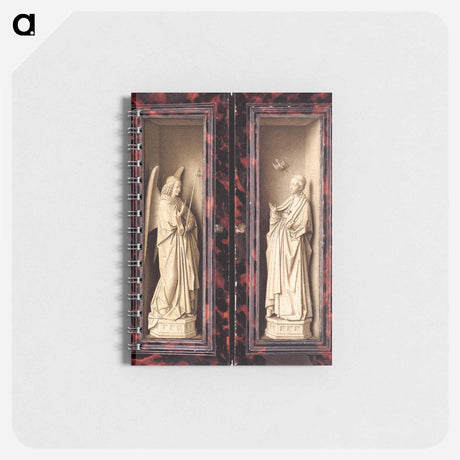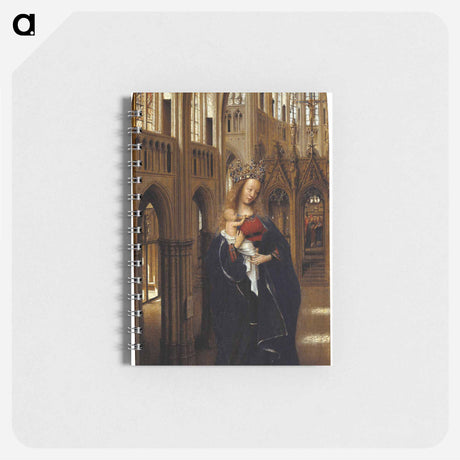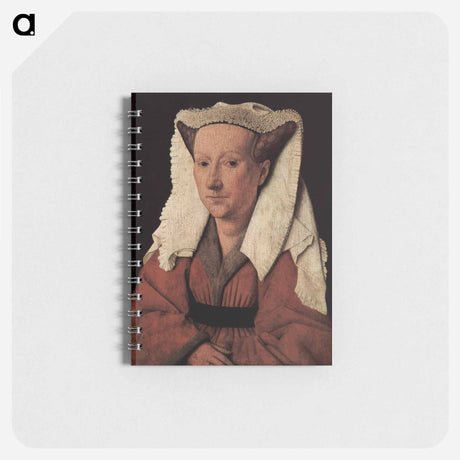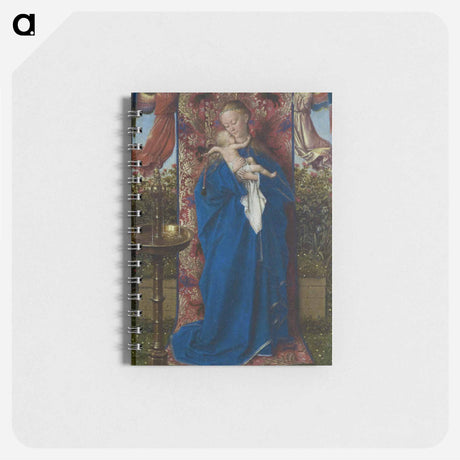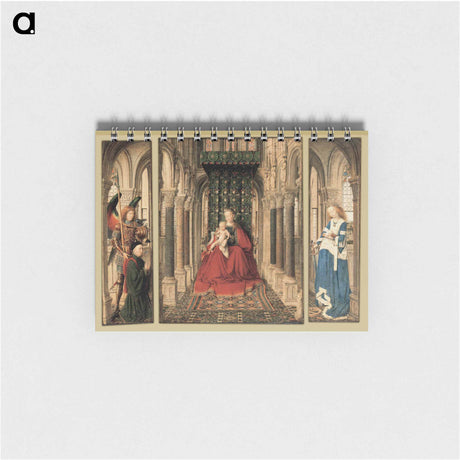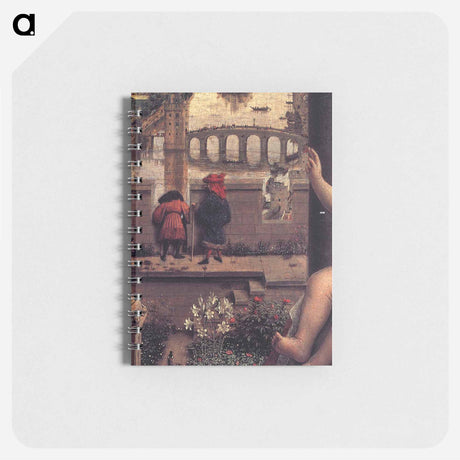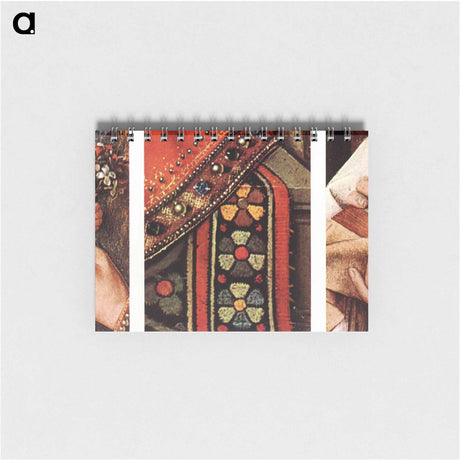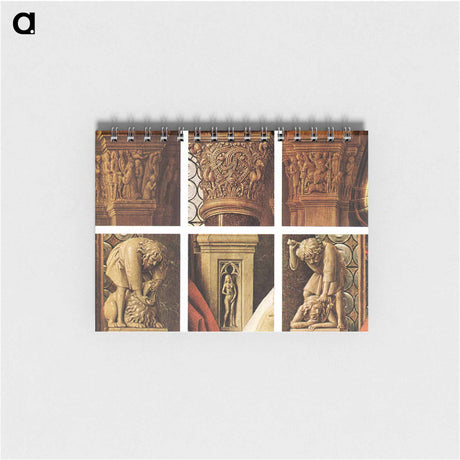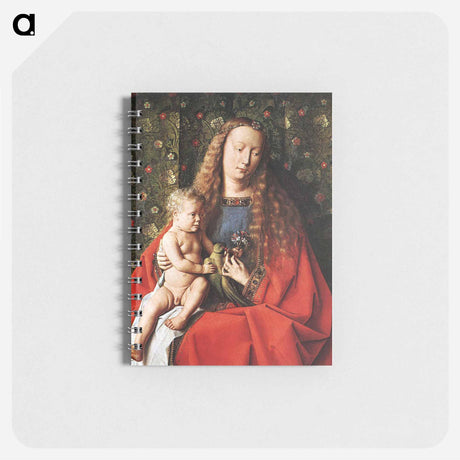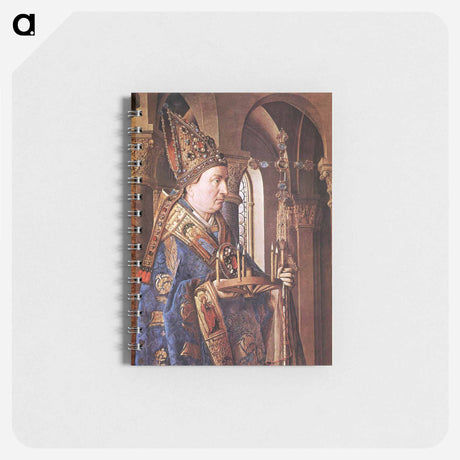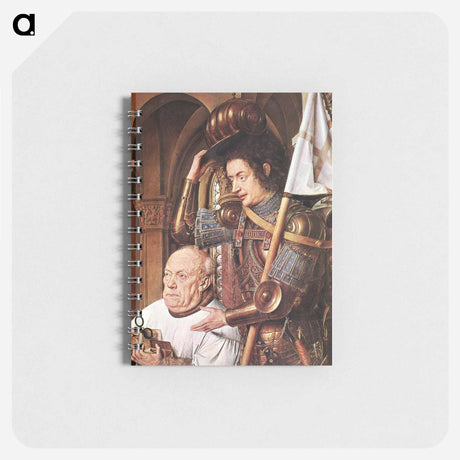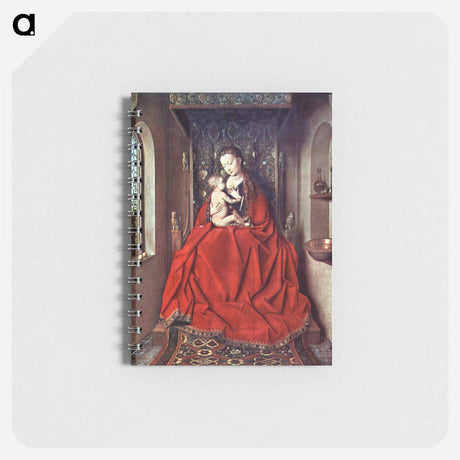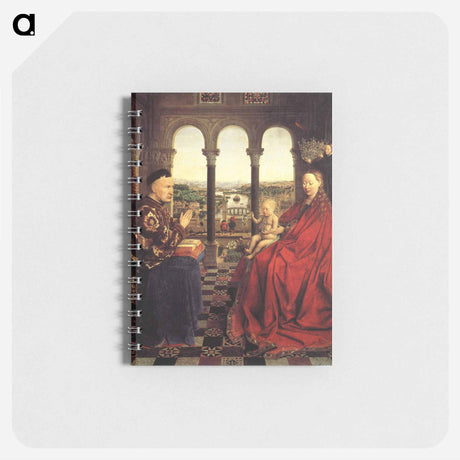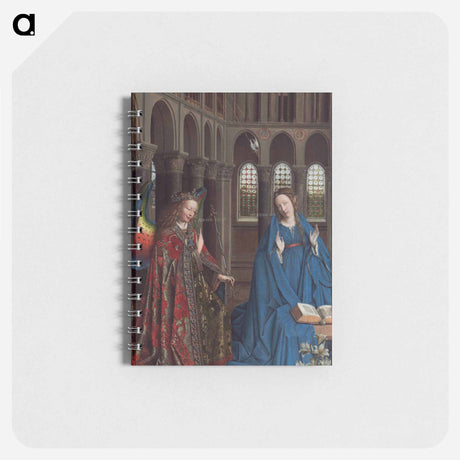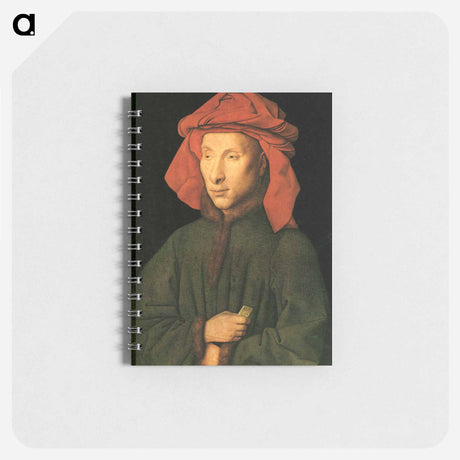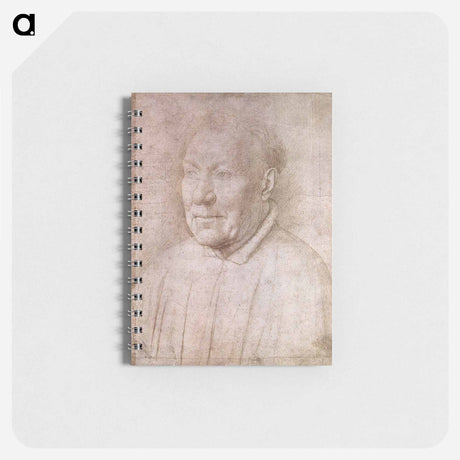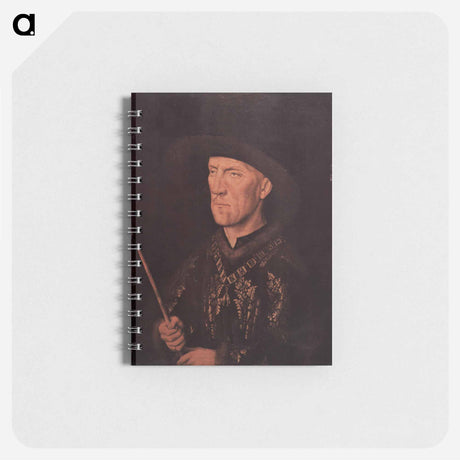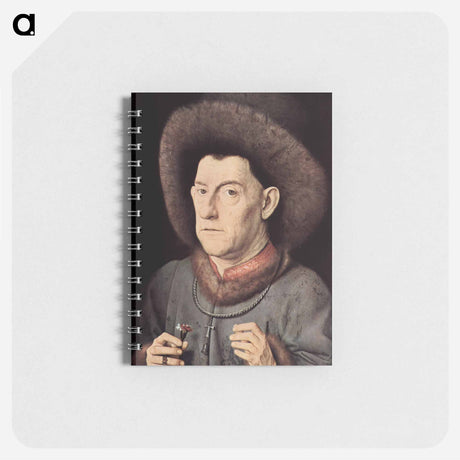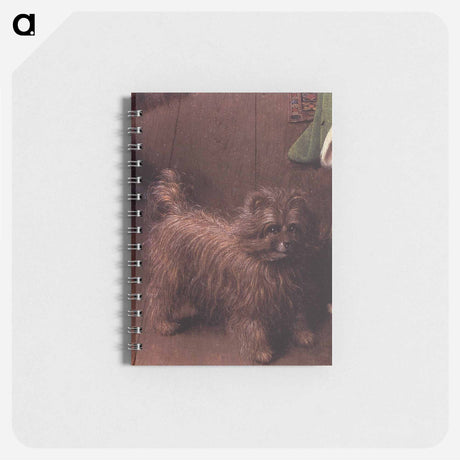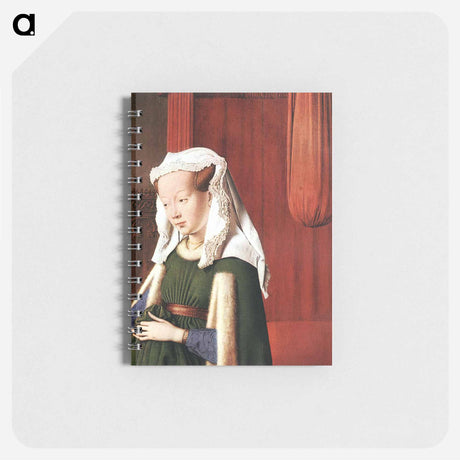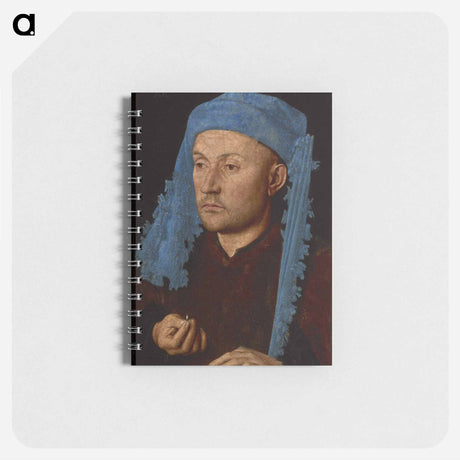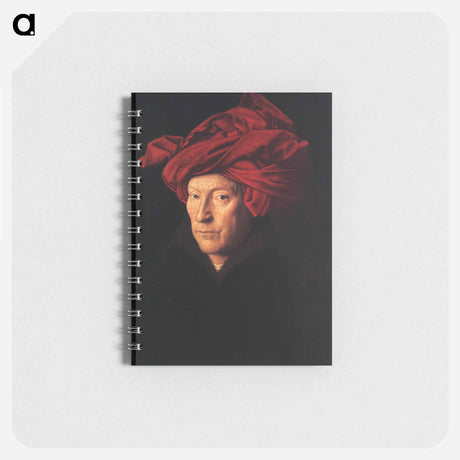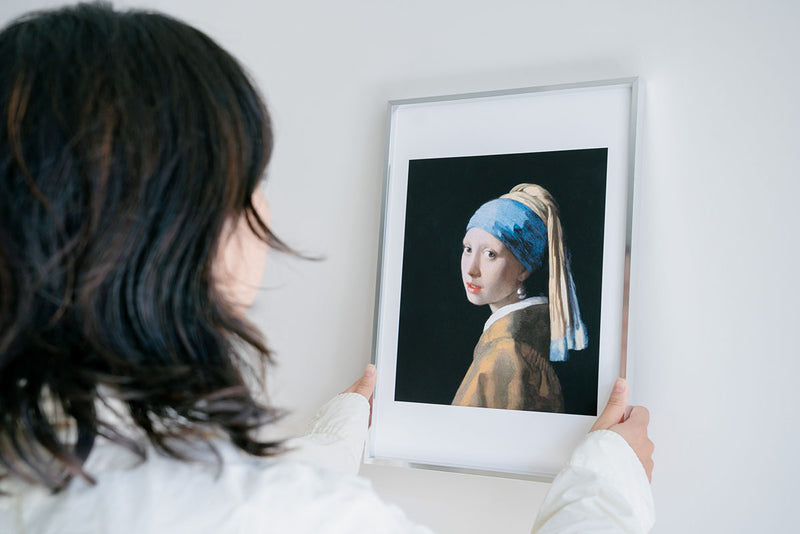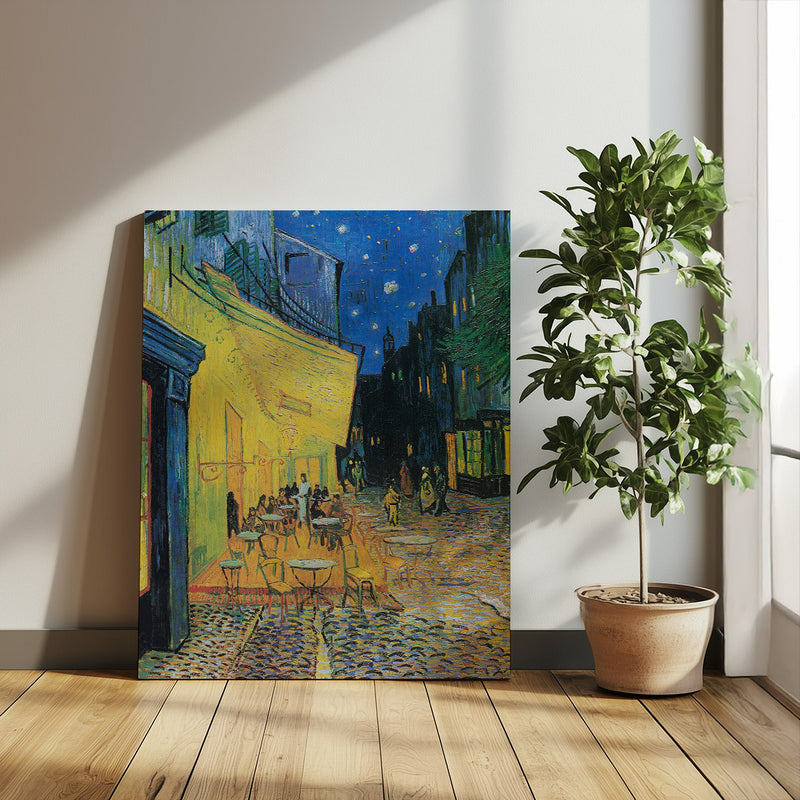-
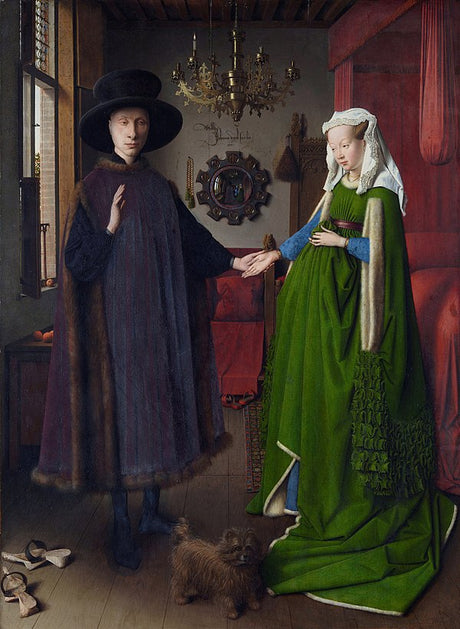
Jan van Eyck
Jan van Eyck(ヤン ファン エイク)
The Annunciation - ヤン ファン エイク Memo.
Sale price ¥2,800 Regular price ¥3,480Unit price /UnavailableJan van Eyck(ヤン ファン エイク)
Virgin and Child with Saints and Donor - ヤン ファン エイク Memo.
Sale price ¥2,800 Regular price ¥3,480Unit price /UnavailableJan van Eyck(ヤン ファン エイク)
The Annunciation - ヤン ファン エイク Memo.
Sale price ¥2,800 Regular price ¥3,480Unit price /UnavailableJan van Eyck(ヤン ファン エイク)
The Annunciation - ヤン ファン エイク Memo.
Sale price ¥2,800 Regular price ¥3,480Unit price /UnavailableJan van Eyck(ヤン ファン エイク)
Portrait of Christ - ヤン ファン エイク Memo.
Sale price ¥2,800 Regular price ¥3,480Unit price /UnavailableJan van Eyck(ヤン ファン エイク)
Copy drawing of Madonna by the Fountain - ヤン ファン エイク Memo.
Sale price ¥2,800 Regular price ¥3,480Unit price /UnavailableJan van Eyck(ヤン ファン エイク)
The Madonna in the Church - ヤン ファン エイク Memo.
Sale price ¥2,800 Regular price ¥3,480Unit price /UnavailableJan van Eyck(ヤン ファン エイク)
Portrait of Margaret van Eyck - ヤン ファン エイク Memo.
Sale price ¥2,800 Regular price ¥3,480Unit price /UnavailableJan van Eyck(ヤン ファン エイク)
Madonna at the Fountain - ヤン ファン エイク Memo.
Sale price ¥2,800 Regular price ¥3,480Unit price /UnavailableJan van Eyck(ヤン ファン エイク)
Sale price ¥2,800 Regular price ¥3,480Unit price /UnavailableJan van Eyck(ヤン ファン エイク)
St. Barbara - ヤン ファン エイク Memo.
Sale price ¥2,800 Regular price ¥3,480Unit price /UnavailableJan van Eyck(ヤン ファン エイク)
The Virgin of the Chancellor Rolin (detail) - ヤン ファン エイク Memo.
Sale price ¥2,800 Regular price ¥3,480Unit price /UnavailableJan van Eyck(ヤン ファン エイク)
The Virgin of the Chancellor Rolin (detail) - ヤン ファン エイク Memo.
Sale price ¥2,800 Regular price ¥3,480Unit price /UnavailableJan van Eyck(ヤン ファン エイク)
The Virgin of the Chancellor Rolin (detail) - ヤン ファン エイク Memo.
Sale price ¥2,800 Regular price ¥3,480Unit price /UnavailableJan van Eyck(ヤン ファン エイク)
The Madonna of Canon van der Paele (detail) - ヤン ファン エイク Memo.
Sale price ¥2,800 Regular price ¥3,480Unit price /UnavailableJan van Eyck(ヤン ファン エイク)
The Madonna of Canon van der Paele (detail) - ヤン ファン エイク Memo.
Sale price ¥2,800 Regular price ¥3,480Unit price /UnavailableJan van Eyck(ヤン ファン エイク)
The Madonna of Canon van der Paele (detail) - ヤン ファン エイク Memo.
Sale price ¥2,800 Regular price ¥3,480Unit price /UnavailableJan van Eyck(ヤン ファン エイク)
The Madonna of Canon van der Paele (detail) - ヤン ファン エイク Memo.
Sale price ¥2,800 Regular price ¥3,480Unit price /UnavailableJan van Eyck(ヤン ファン エイク)
The Madonna of Canon van der Paele (detail) - ヤン ファン エイク Memo.
Sale price ¥2,800 Regular price ¥3,480Unit price /UnavailableJan van Eyck(ヤン ファン エイク)
The Lucca Madonna - ヤン ファン エイク Memo.
Sale price ¥2,800 Regular price ¥3,480Unit price /UnavailableJan van Eyck(ヤン ファン エイク)
Portrait of Jan de Leeuw - ヤン ファン エイク Memo.
Sale price ¥2,800 Regular price ¥3,480Unit price /UnavailableJan van Eyck(ヤン ファン エイク)
Madonna and Child with Canon Joris van der Paele - ヤン ファン エイク Memo.
Sale price ¥2,800 Regular price ¥3,480Unit price /UnavailableJan van Eyck(ヤン ファン エイク)
The Virgin of the Chancellor Rolin - ヤン ファン エイク Memo.
Sale price ¥2,800 Regular price ¥3,480Unit price /UnavailableJan van Eyck(ヤン ファン エイク)
The Rolin Madonna (La Vierge au Chancelier Rolin) - ヤン ファン エイク Memo.
Sale price ¥2,800 Regular price ¥3,480Unit price /UnavailableJan van Eyck(ヤン ファン エイク)
The Annunciation - ヤン ファン エイク Memo.
Sale price ¥2,800 Regular price ¥3,480Unit price /UnavailableJan van Eyck(ヤン ファン エイク)
Portrait of Giovanni Arnolfini - ヤン ファン エイク Memo.
Sale price ¥2,800 Regular price ¥3,480Unit price /UnavailableJan van Eyck(ヤン ファン エイク)
Portrait of Cardinal Albergati - ヤン ファン エイク Memo.
Sale price ¥2,800 Regular price ¥3,480Unit price /UnavailableJan van Eyck(ヤン ファン エイク)
Portrait of Baudouin de Lannoy - ヤン ファン エイク Memo.
Sale price ¥2,800 Regular price ¥3,480Unit price /UnavailableJan van Eyck(ヤン ファン エイク)
Portrait of a Man with Carnation - ヤン ファン エイク Memo.
Sale price ¥2,800 Regular price ¥3,480Unit price /UnavailableJan van Eyck(ヤン ファン エイク)
Sale price ¥2,800 Regular price ¥3,480Unit price /UnavailableJan van Eyck(ヤン ファン エイク)
Giovanni Arnolfini and His Wife Giovanna Cenami (The Arnolfini Marriage) (detail) - ヤン ファン エイク Memo.
Sale price ¥2,800 Regular price ¥3,480Unit price /UnavailableJan van Eyck(ヤン ファン エイク)
Giovanni Arnolfini and His Wife Giovanna Cenami (The Arnolfini Marriage) (detail) - ヤン ファン エイク Memo.
Sale price ¥2,800 Regular price ¥3,480Unit price /UnavailableJan van Eyck(ヤン ファン エイク)
Man in a Blue Turban - ヤン ファン エイク Memo.
Sale price ¥2,800 Regular price ¥3,480Unit price /UnavailableJan van Eyck(ヤン ファン エイク)
The Ince Hall Madonna (The Virgin and Child Reading) - ヤン ファン エイク Memo.
Sale price ¥2,800 Regular price ¥3,480Unit price /UnavailableJan van Eyck(ヤン ファン エイク)
Portrait of a Man (Man in a Turban) - ヤン ファン エイク Memo.
Sale price ¥2,800 Regular price ¥3,480Unit price /Unavailable


